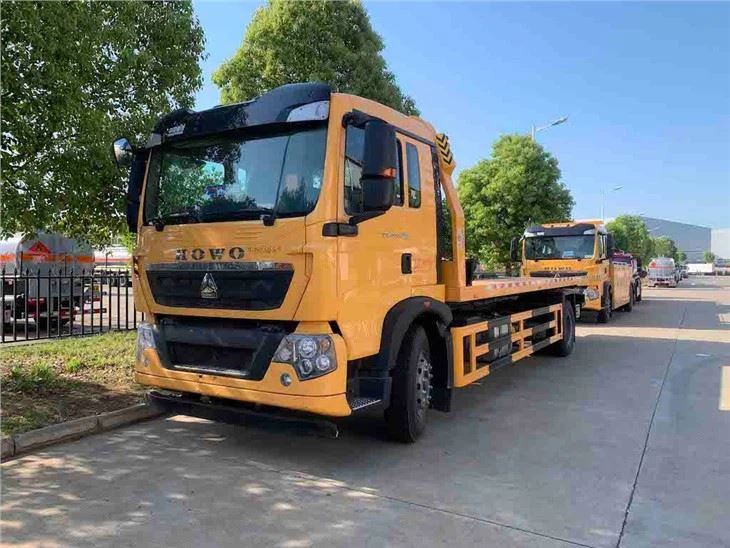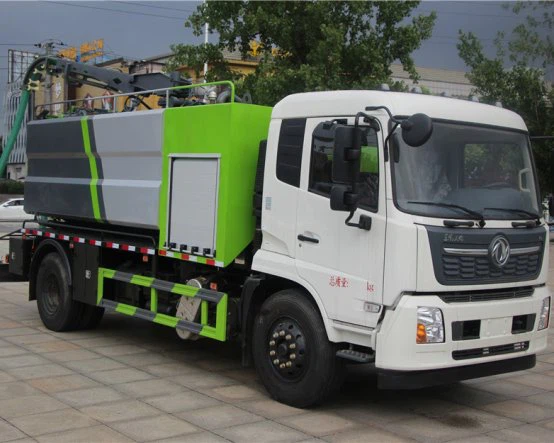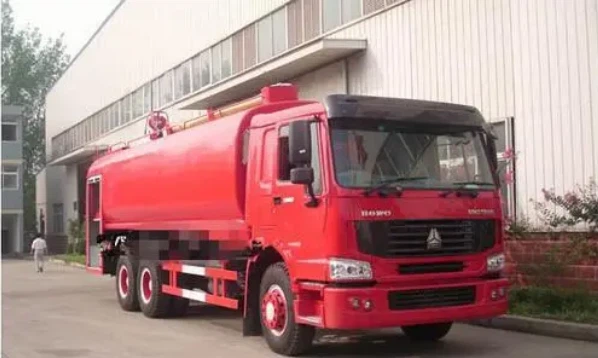Lorry Recovery: Comprehensive Guide to Efficient and Safe On-Road Assistance

Introduction
Lorry recovery is an essential service in the logistics and transportation industry. When a large vehicle breaks down, it can lead to extensive disruption not only for the driver but also for the supply chain. Understanding the processes, equipment, and tactics involved in lorry recovery can significantly enhance safety and efficiency on the roads. In this article, we will explore lorry recovery in detail, including how it operates, the equipment used, and practical tips for optimizing recovery processes.

What is Lorry Recovery?
Lorry recovery refers to the process of assisting, towing, or transporting a broken or disabled lorry back to a repair facility or another location. This service is critical for minimizing downtime and ensuring that goods are delivered on time. Lorry recovery services typically involve specialized vehicles and experienced personnel who can handle different types of breakdowns and accidents.
Types of Lorry Recovery Services
1. Roadside Assistance
Roadside assistance is the first response to a lorry breakdown. This may include fuel delivery, jump-starting a battery, or simple repairs on site to get the vehicle back on the road.
2. Towing Services
When a breakdown cannot be resolved on site, towing services are essential. This involves transporting the lorry to a repair facility using a flatbed truck or a specialized towing vehicle.

3. Heavy-Duty Recovery
Heavy-duty recovery refers to recovering larger vehicles or those involved in accidents that may require specialized equipment, such as winches or cranes. This service often necessitates skilled operators and rigorous safety procedures.
4. Accident Recovery
In cases where a lorry is involved in an accident, an accident recovery service safely clears the scene, often coordinating with local authorities. This may include removing debris and ensuring that traffic flow is restored as quickly as possible.
Essential Equipment for Lorry Recovery
1. Tow Trucks
Tow trucks come in various designs, including flatbed, hook and chain, and wheel-lift trucks. Each type is suited for specific recovery situations. For instance, flatbed trucks provide a secure way to transport damaged lorries without additional strain to the wheels.
2. Winches
Winches are crucial for heavy-duty recovery. They provide the necessary power to pull a lorry out of difficult situations, such as mud or ditches.
3. Dollies
Dollies are used to lift and transport the wheels of a lorry, making it easier to maneuver and tow without causing further damage.
4. Safety Gear
Safety gear is vital during recovery operations. This includes reflective vests, cones, warning signs, and lights to ensure the safety of recovery personnel and other road users.
Steps Involved in Lorry Recovery
1. Assess the Situation
The first step in lorry recovery is to assess the situation. Is the vehicle stuck, damaged, or involved in an accident? Understanding the context helps determine the best recovery strategy.
2. Communicate with the Driver
Communication with the driver is crucial. Gather details on the vehicle’s condition, current location, and any hazards present. This information will help in planning the recovery operation effectively.
3. Deploy Recovery Equipment
Once the situation has been assessed, dispatch the appropriate recovery equipment. Ensure that the team is equipped with safety gear and tools necessary for the recovery process.
4. Execute the Recovery
Carefully execute the recovery, ensuring that the lorry is safely secured before moving it. Follow established protocols to prevent further damage and ensure the safety of all personnel.
5. Transport to Repair Facility
After recovery, transport the lorry to the designated repair facility. Ensure the vehicle is secured in transit to prevent any additional accidents.
Practical Tips for Efficient Lorry Recovery
1. Regular Maintenance Checks
Regular maintenance can prevent breakdowns. Ensure that lorries undergo routine inspections and repairs to minimize the need for recovery services.
2. Use Technology
Utilizing GPS tracking and telematics can help anticipate breakdowns or accidents. These tools allow for quicker response times and more efficient recovery operations.
3. Train Recovery Personnel
Invest in training for recovery personnel. Well-trained staff can handle various scenarios effectively, ensuring a safe and efficient recovery process.
4. Develop a Response Plan
Create a detailed recovery response plan for each vehicle or fleet. This plan should outline procedures for different breakdown scenarios, equipment needed, and safety protocols.
Cost Factors in Lorry Recovery
1. Type of Service Required
The cost of lorry recovery varies based on the type of service required. Roadside assistance is generally cheaper than heavy-duty recovery services involving specialized equipment.
2. Distance to Repair Facility
Distance plays a significant role in the cost. The farther the lorry needs to be transported, the higher the expense involved in terms of fuel and time.
3. Time of Day

Services rendered during off-peak hours or on weekends may incur higher costs than those provided during regular business hours.
| Cost Component | Average Cost |
|---|---|
| Roadside Assistance | $50 – $150 |
| Towing Services | $75 – $300 |
| Heavy-Duty Recovery | $300 – $1,200 |
| Accident Recovery | $150 – $500 |
Common Challenges in Lorry Recovery
1. Weather Conditions
Severe weather can complicate recovery operations. Rain, snow, and ice can create hazardous conditions, requiring additional caution and specialized equipment.
2. Road Traffic
Busy roadways can pose challenges during recovery. Coordinating with local traffic authorities can help manage traffic flow and ensure safety.
3. Vehicle Size and Weight
Large vehicles present unique challenges. Ensuring that recovery equipment is suitable for the lorry’s size and weight is essential to avoid accidents during recovery.
Future Trends in Lorry Recovery
1. Telemetry and Diagnostics
With advancements in vehicle technology, telematics can provide real-time diagnostics. This information can preemptively address issues and streamline recovery operations.
2. Autonomous Recovery Vehicles
As the field of autonomous vehicles grows, the concept of autonomous recovery vehicles could revolutionize the industry, reducing response times and improving safety.
3. Sustainable Recovery Practices
There is an increasing emphasis on environmentally-friendly recovery methods. Using eco-friendly vehicles and practices may become a standard in the industry.
Frequently Asked Questions (FAQ)
1. How long does a lorry recovery usually take?
The time required for lorry recovery can vary widely based on the situation. Simple roadside assistance might take 30 minutes to an hour, while more complex recoveries can take several hours.
2. Are lorry recovery services available 24/7?
Many lorry recovery services operate 24/7 to assist drivers at any time. It’s essential to confirm availability when contracting a recovery service.
3. What should I do if my lorry breaks down?
If your lorry breaks down, first ensure your safety by moving the vehicle to a secure location if possible. Then, call a recovery service and provide them with all relevant details.
4. How much does lorry recovery cost?
The cost of lorry recovery varies based on factors such as service type, distance to the repair facility, and time of day. Generally, prices can range from $50 to over $1,200 for heavy-duty recoveries.
5. Can I prevent my lorry from breaking down?
Yes, regular maintenance, monitoring vehicle diagnostics, and timely repairs can significantly reduce the likelihood of breakdowns.
6. Do recovery services cover all types of lorries?
Not all recovery services cover every type of lorry. It’s essential to verify that the recovery service you choose can handle your specific vehicle type and weight class.
